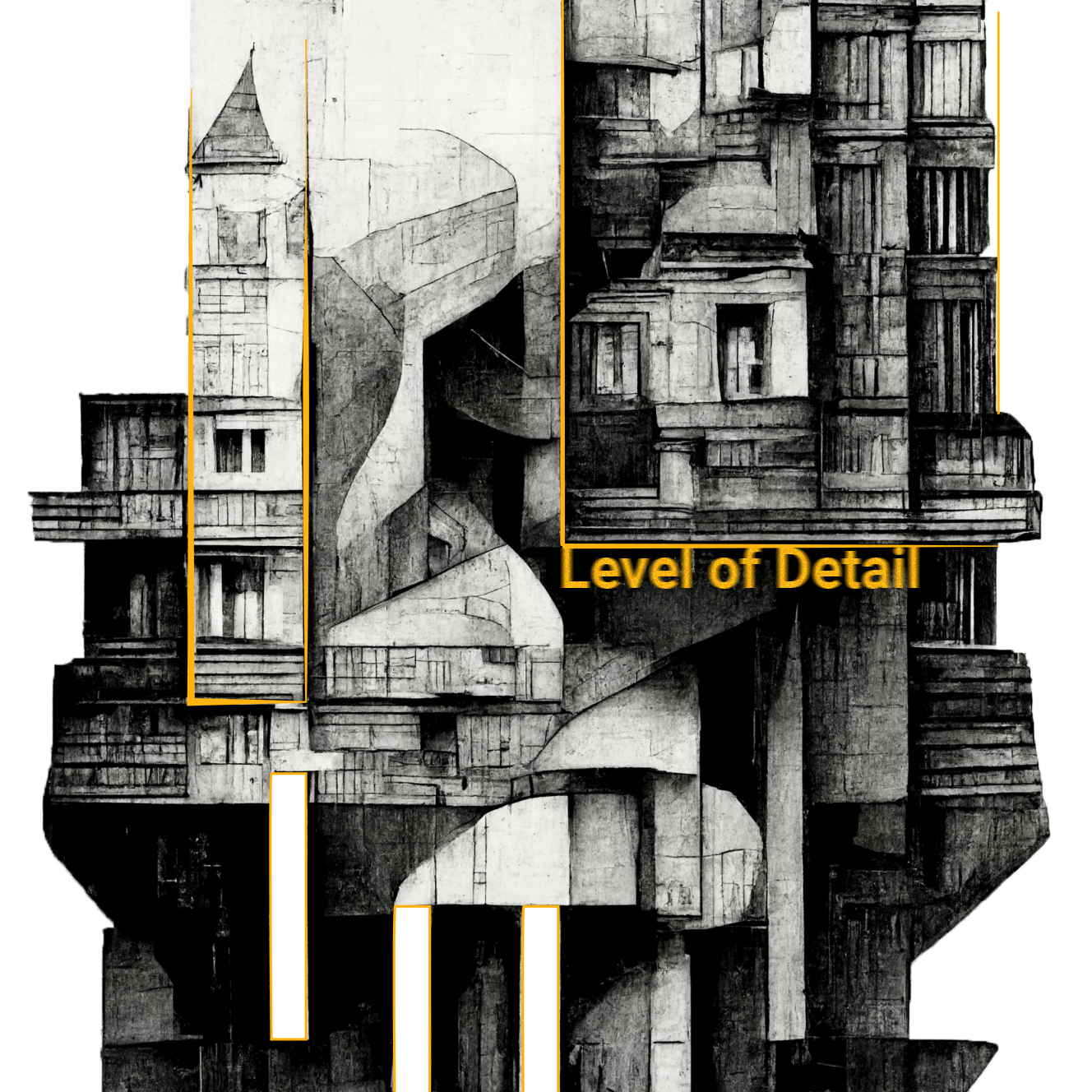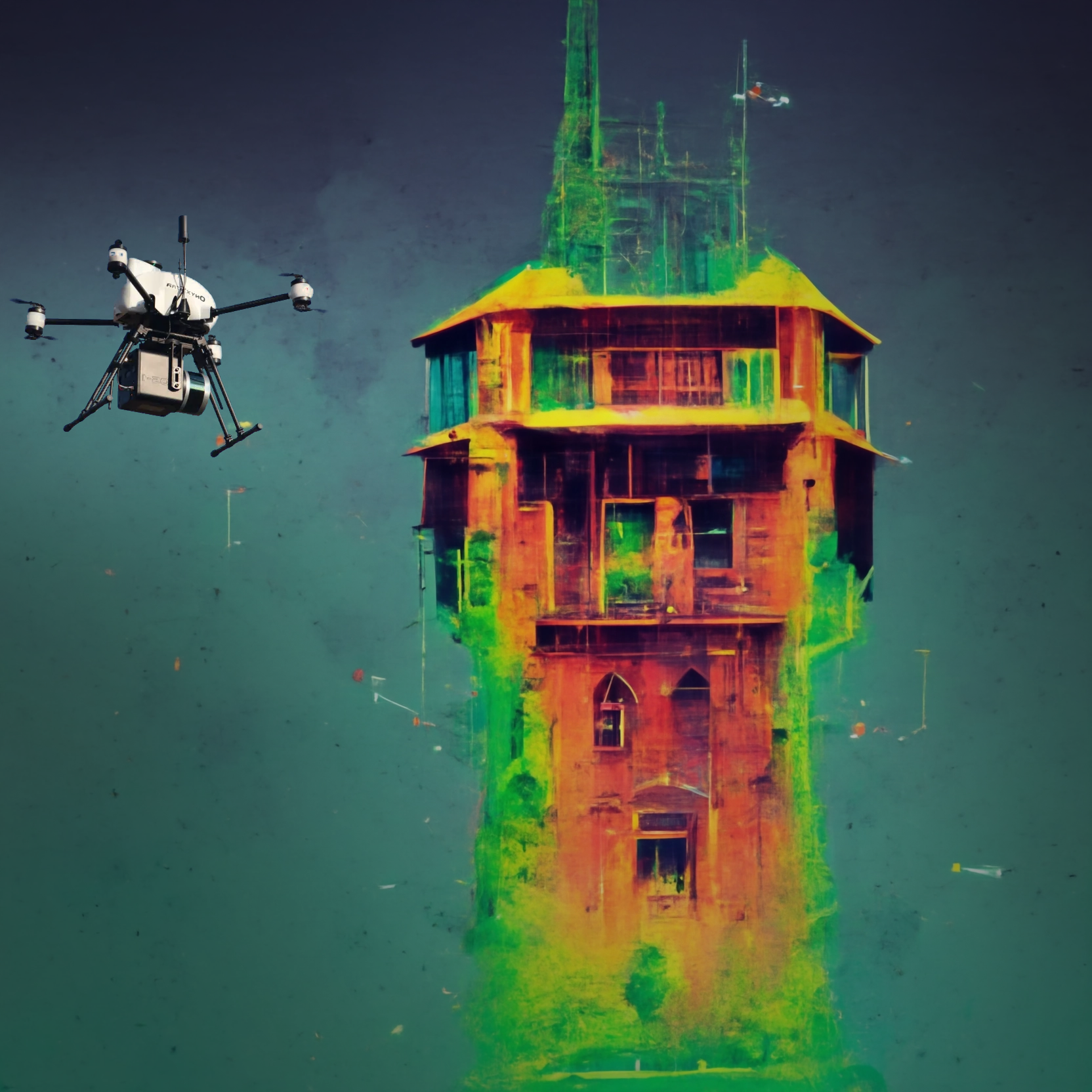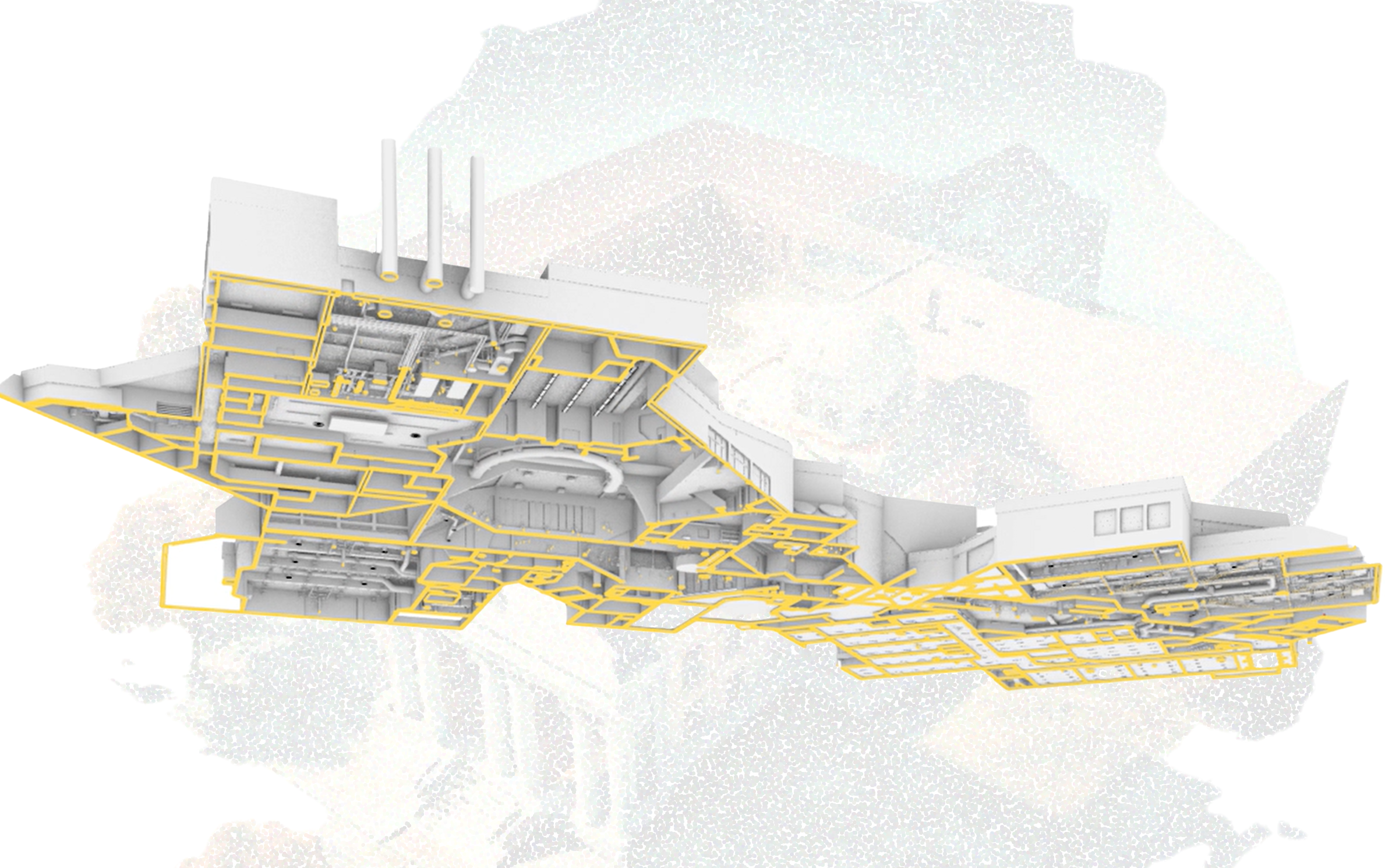
Robotic ImagingJanuary 24, 2023
In laser scanning, Level of Detail (LOD) is the term used to describe the resolution of the 3D scan. The higher the LOD, the more detail is captured in the scan. This is important because it determines how accurately the object can be reproduced. If you need a high level of accuracy, you'll need to use a scanner with a high LOD.
Suggested reading: If you want to learn more about LOD, check out this article.
When it comes to hiring someone to do a laser scan-to-BIM project, you have a few different level of detail options to choose from. The first is the point cloud, which is the most basic level of detail and captures the outline of the object scanned. The second is the mesh, which adds surface detail to the point cloud. And finally, there is the solid model, which creates a 3D model with all of the surface detail included.
The level of detail you choose will depend on your needs and what you're trying to achieve with your project. If you just need an outline of the object scanned, then the point cloud is a good option. If you need more surface detail, then the mesh is a better choice. And if you need a 3D model with all of the surface detail included, then the solid model is your best option.
The terms "level of development" and "level of detail" can be used interchangeably, but they have different meanings. "Level of development" refers to the stage of development a project is in. The six different levels of development, defined by the American Institute of Architects, are conceptual, schematic, design development, construction documents, bidding and construction, and occupancy. "Level of detail" refers to the resolution of the 3D scan. The higher the LOD, the more detail is captured in the scan.
An "as-built" model is a 3D model that captures the actual condition of a building or structure after it has been constructed. It's used to document the physical state of the building and can be used for maintenance and repair purposes.
Suggested reading: If you want to learn more about BIM terminology, check out this article.
Other Reasons Why BIM is a Better Solution than Traditional Methods:
Tradespeople have long been using hand measurements to translate their work onto 2D drawings, but with the release of scan-to-BIM services, this process has become easier and more accurate than ever before. Here are three reasons why scan-to-BIM is a better solution than traditional hand measurements: accuracy, time savings, and cost savings.
LiDAR laser scanning is more accurate than traditional methods because it uses lasers to create a 3D map of an object. This map is incredibly precise, allowing for the capture of even the most minute details. Hand measurements, on the other hand, are susceptible to human error. This can lead to inaccuracies in terms of size and shape, which can cause problems down the line when it comes time to construct the object in question. Your model can get more precise too based on the level of detail outlined in the project scope.
LiDAR laser scanning is a quick and efficient way to capture the details of an object. Compared to traditional methods of taking hand measurements, LiDAR scanning is much faster, allowing you to get the job done quickly and move on to the next task. This time savings can be critical in busy construction environments, where every minute counts.

